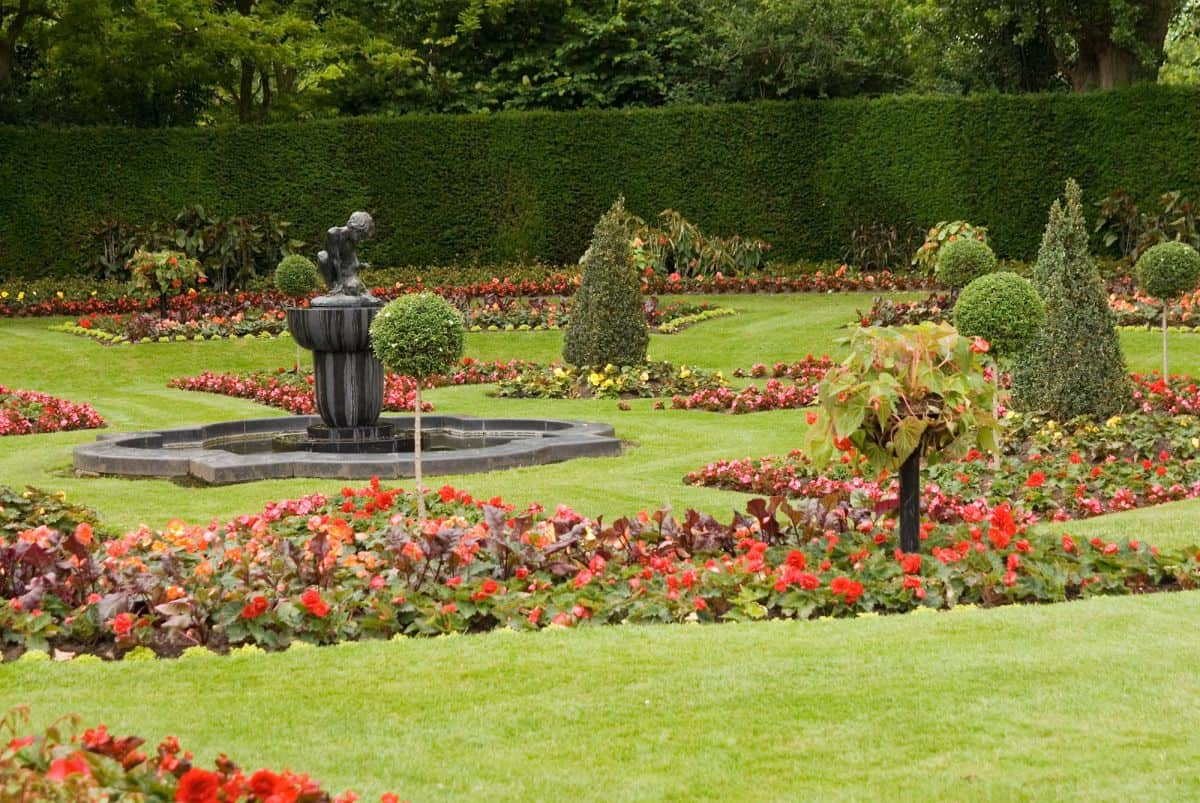Hi there my sweeties!
Don’t we all love a great scene, in a Regency Romance, where our heroes take a stroll in the park and the gardens?
It makes the most wonderfully romantic backdrop for them, and simply transports us to the era.
But what was their obsession with parks and gardens? They seemed to be everywhere!
Let’s find out!
An extraordinary number of innovations in the study, cultivation and display of plants were made during the Victorian period. At the same time there was an explosion of interest in gardening, which became a national obsession.

ROYAL HORTICULTURE
New developments in the study and rearing of plants were encouraged by the creation of public botanical gardens, including the Royal Botanic Gardens at Kew, which first opened to the public in 1840.
In 1861 the Horticultural Society of London, founded in 1804, added ‘Royal’ to its name thanks to the deep interest in its work taken by Prince Albert, who had laid out magnificent gardens of his own at Osborne on the Isle of Wight.

EXPERIMENT AND INVENTION
Advances in the way plants were transported and transplanted meant that botanists were able to raise specimens imported from all over the world. From the 1830s plant diversity was also increased by experiments in creating hybrids. The most significant of all laboratory gardens was Down House in Kent, where Charles Darwin investigated such subjects as the action of earthworms on soil, and how orchids are adapted for fertilisation.
Horticultural inventiveness was not confined to plants. The first lawnmower was patented in 1830. Other innovations included Joseph Pulham’s invention of artificial stone for rockeries, used at Audley End in Essex, and the development from 1847 of sheet glass, which meant that large glasshouses could be built much more cheaply.
When the garden at Brodsworth Hall in Yorkshire was laid out in the 1860s its paths were made of another invention: asphalt.

ARCHITECTURAL GARDENS
Victorian designers reacted strongly against the 18th-century vogue for naturalistic gardens and landscapes. They preferred to bring houses and gardens into stylistic unity.
When Earl de Grey designed a new house for himself at Wrest Park, Bedfordshire, in the 1830s, he created an elaborate formal garden to match its 18th-century French appearance, with scroll-shaped flowerbeds, lead statues and a fountain. Similarly, William Ward commissioned new gardens to complement his dramatically transformed house at Witley Court, Worcestershire, complete with ornamental lake, elaborate parterres and spectacular fountains.
At Audley End, the antiquarian-inclined 3rd Lord Braybrooke created a new setting for his great Jacobean house with a formal parterre garden imitating 17th-century models.

URBAN LUNGS
Urban parks, created in response to concern about overcrowding and the condition of the poor, brought Victorian innovations in garden design to a wider public. Echoing private gardens in their layout and planting, but with amenities such as bandstands and tea houses, parks were laid out by some of the greatest designers of the age, such as Joseph Paxton and John Claudius Loudon.
At the same time the first large urban cemeteries were also being created, many in the form of landscape gardens. One of the earliest was at Kensal Green in north London, opened in 1831. Like many Victorian cemeteries it has an extraordinary variety of sculpture and monuments.

COTTAGE GARDENS
By the late 19th century gardening was a national pastime, and fashions were being set by the middle classes as much as – if not more than – they were by the aristocracy.
But the desire to maintain a link between the style of a house and its setting remained strong. The interest in vernacular architecture encouraged by the Arts and Crafts movement led designers to imitate cottage gardens by reviving long-neglected plants.
When Sir Lowthian Bell acquired Mount Grace Priory in North Yorkshire in 1899, and restored the Jacobean house on Arts and Crafts principles, he also laid out a terraced garden in a matching style. It embodied the respect for the past which the Victorians maintained, even at their most innovative and experimental.
So what did you think, my dears?
Can you just see them in your mind?
Written byPatricia Haverton!

 Share this book
Share this book